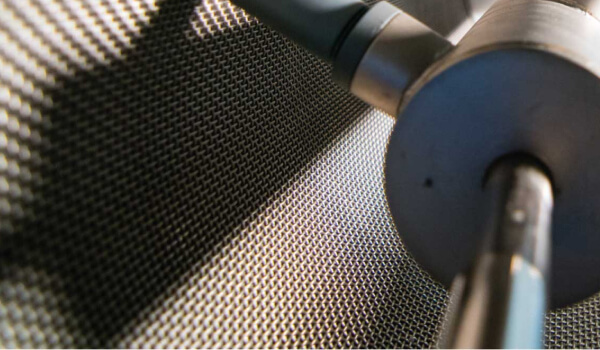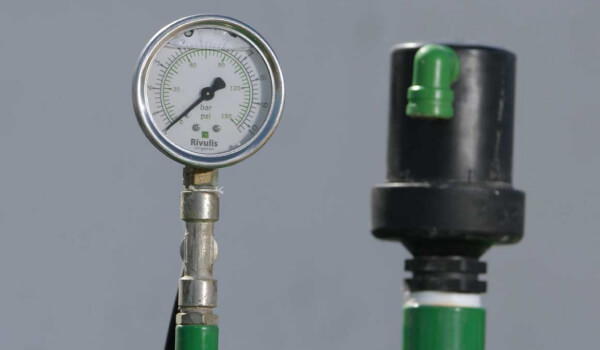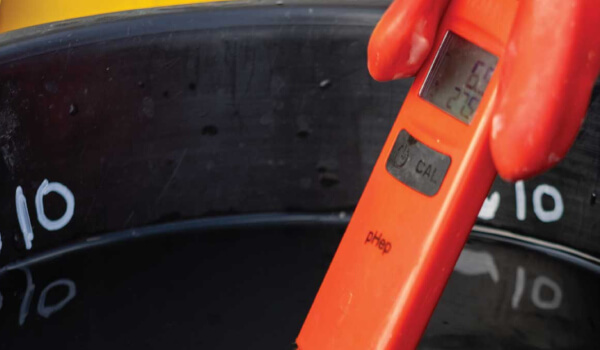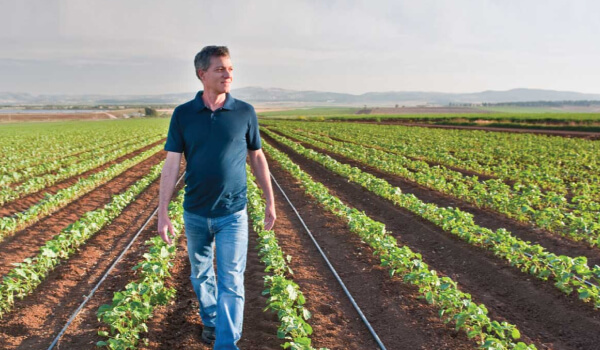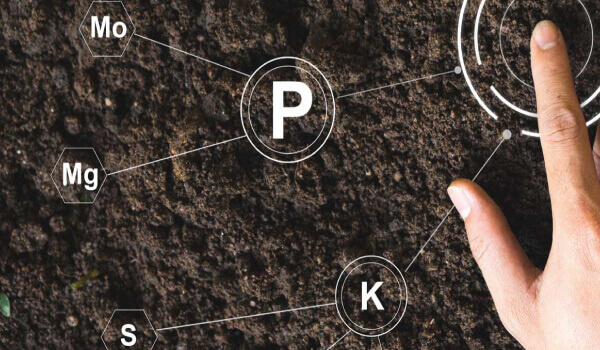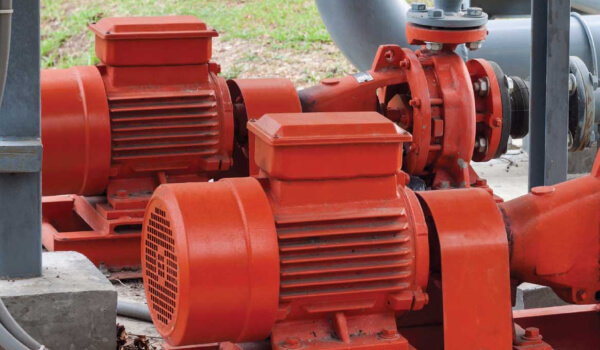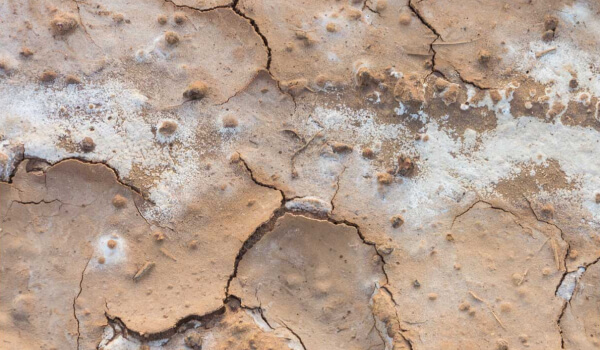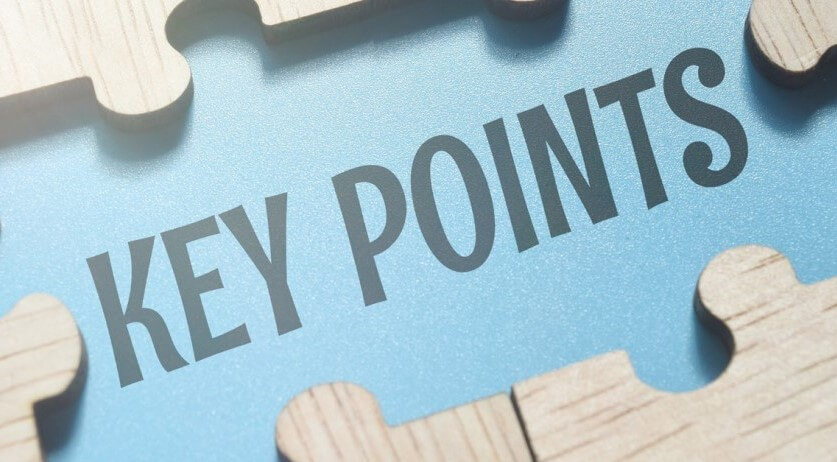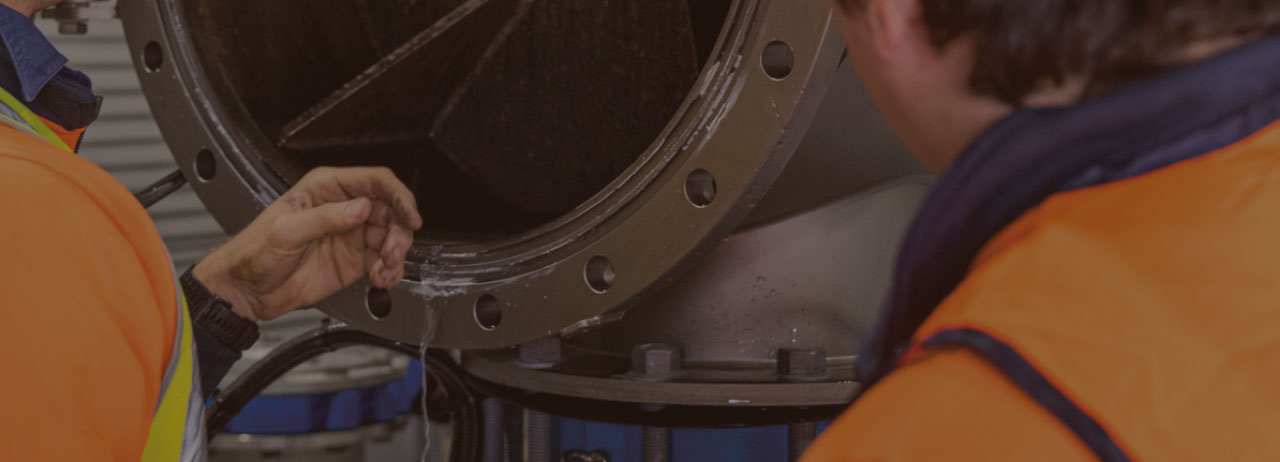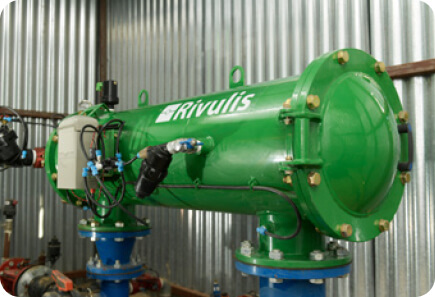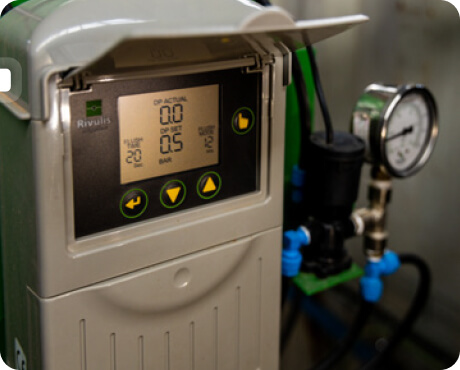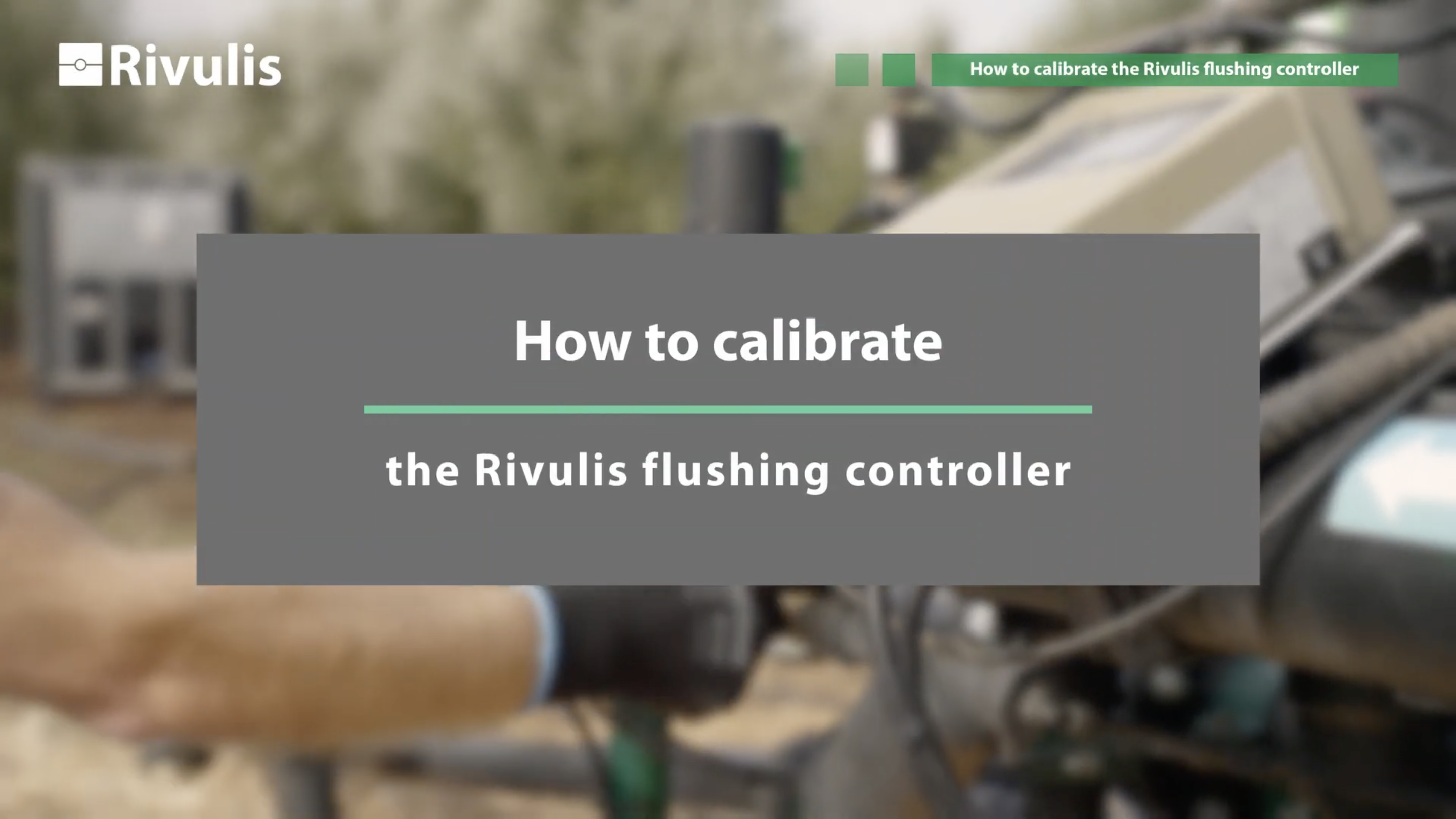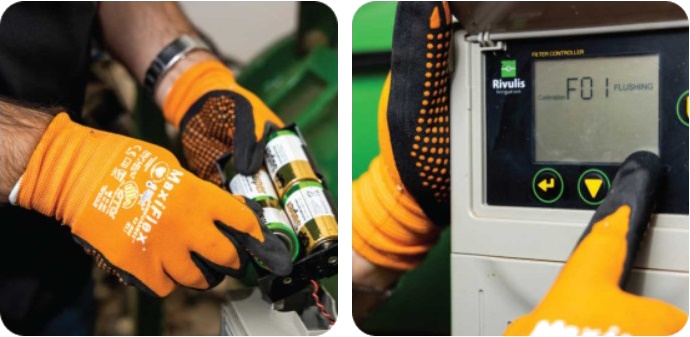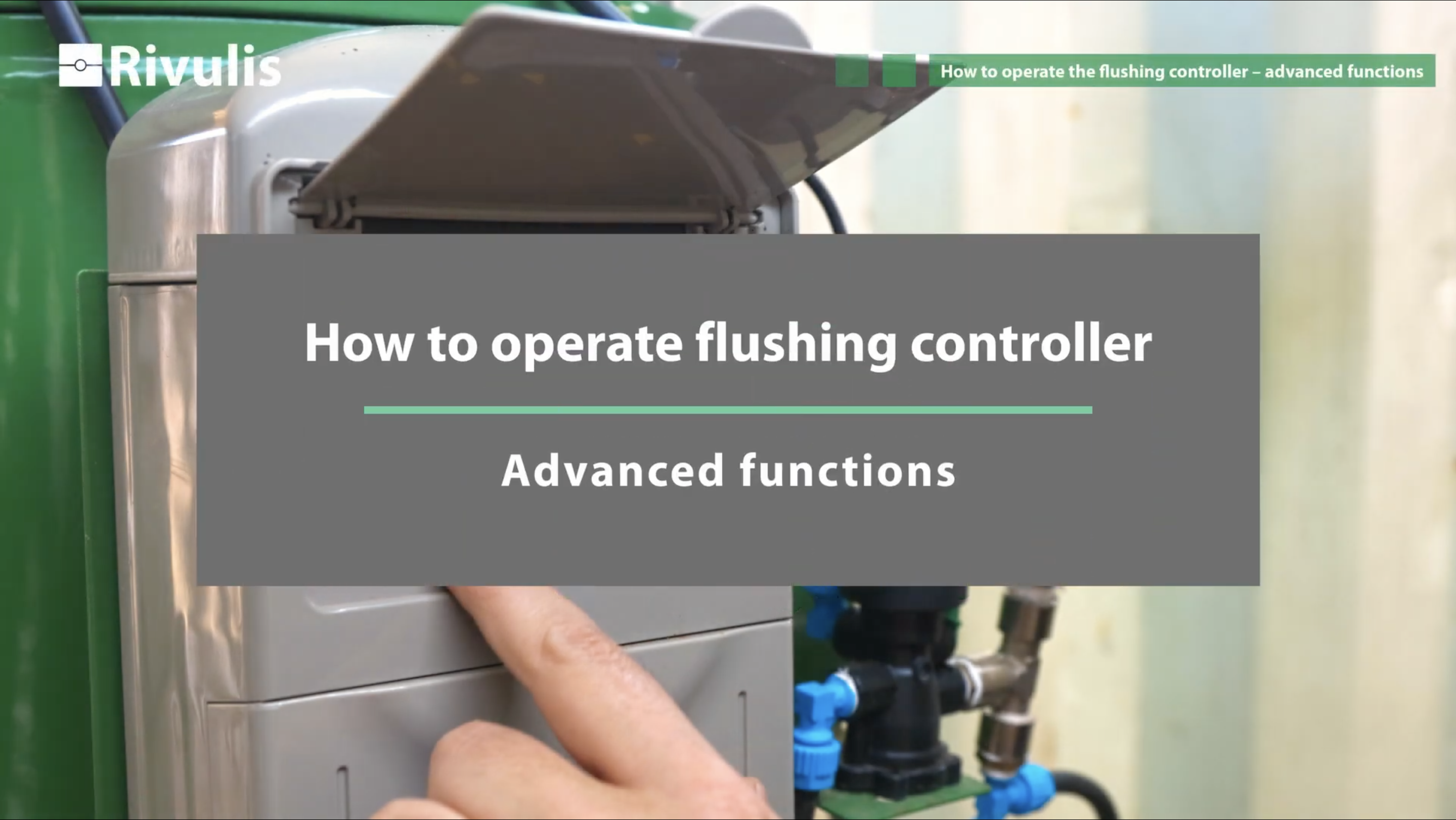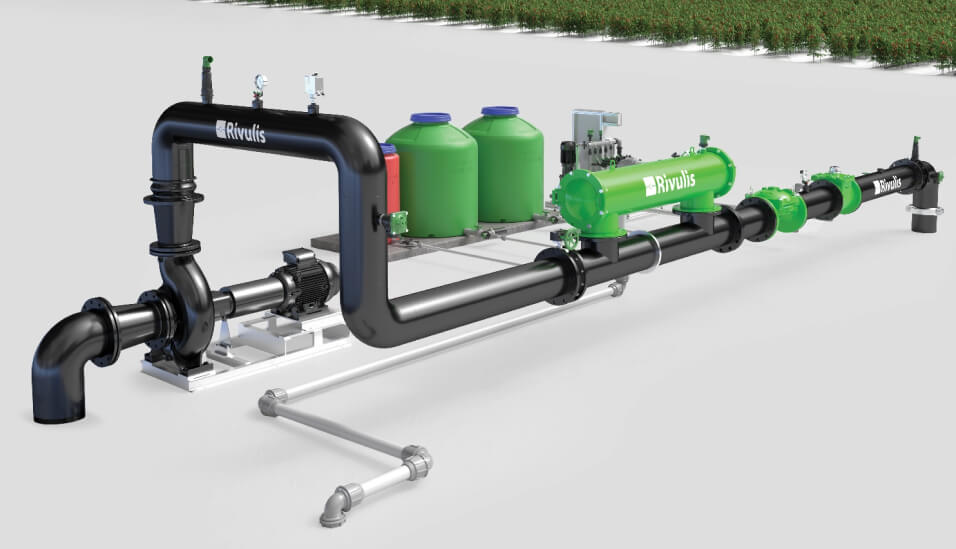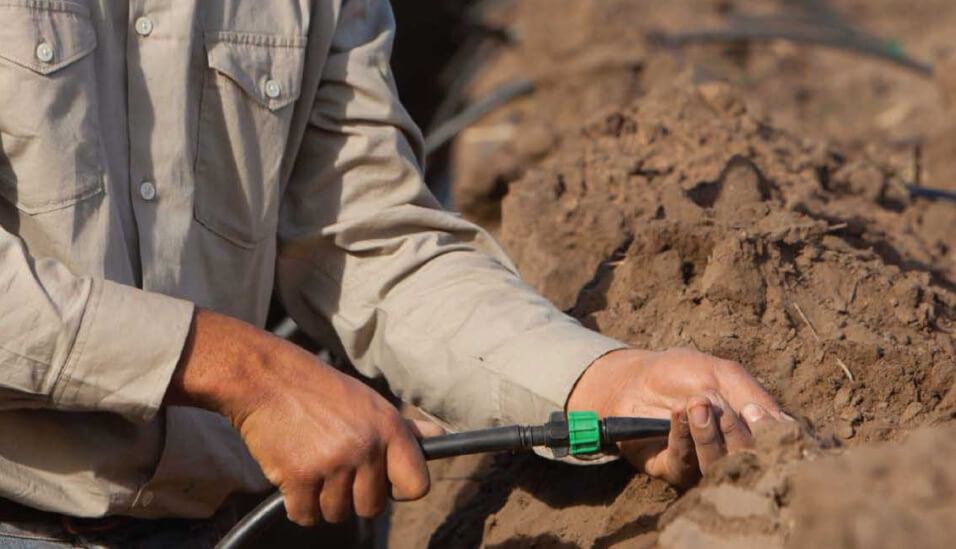Number 1. Good filtration
Your filtration system is the forefront barrier and protection against clogging for your irrigation system. If your filtration system fails, there is a high likelihood that you will damage your drip laterals.
Remember: Filters operate under hydraulic pressure and with dirty water. They often also have moving parts that will wear over time. Therefore, they require regular maintenance for optimum performance.
In this section, we will look at the maintenance required for each filter type – hydrocyclone, screen, media, and disc.
However, to start, we need to understand pressure differential (PD) and the automatic flushing processes.
Pressure differential
If we monitor the pressure differential between the inlet and outlet of a filter, we can measure how clogged the filter is, and when it needs to be flushed.
First, we check the pressure differential with a “clean” filter. This is a filter just after it has been back-flushed via a manual flushing sequence (automatic filters), or manually cleaned (manual filters).
Checking this pressure differential and comparing it to the standard value according to the filter technical documentation will tell us if the flushing is working as it should.
Usually, a pressure differential lower than 0.1 bar (1.5 psi) is acceptable for a clean filter and is considered normal head loss.
- If the pressure differential is above the normal head loss, this means that the screen, disc, or media is clogged. In this case, we will most likely need to open the filter to inspect the cause for the clogging.
- If the pressure differential drops below the normal head loss, this means that the filtration medium is not filtering correctly, and water is passing throught unfiltered. It might mean a broken screen or that the discs are not being pressed together, or in the case of media filters, it might mean that tunnels have been formed in the media and water is passing through the filter without being cleaned.

Automatic flushing
All automatic filters back-flush – by timed intervals, and/or when a pressure differential reaches a set threshold.
If you have an automatic filter, whether that be media, disc, or screen, special attention needs to be paid to these filters as the flushing operation relies on the irrigation controller and other electric and hydraulic components.
The filter back-flush controller will be able to display detailed information on the filter flushing frequency and the reason for flushing.
If you notice that the flushing frequency is too high, this might indicate that the filter remains clogged after flushing, or that the set pressure differential value is incorrectly set on the controller. Faults in automation and sensors can also be considered here.
If the flushing frequency is too low, this might be a sign of mechanical failure or faults in automation and sensors. It might also mean that the filtration medium (screen, disc, or media) has been breached and water is not being filtered properly.
Remember: All automatic filters require a minimum pressure and flow to back-flush. These numbers will be found in the user manual for your filter.
If you do not have enough pressure for back-flush, an option is to add a pressure sustaining valve downstream to the filter to provide the minimum pressure for flushing.
Maintenance
In addition to the specific guidelines listed in the following pages for each type of filter, all automatic filters have hydraulic and electric components used for opening the flushing valves for cleaning.
Be sure to clean the small plastic filter and micro-tubing operating in this hydraulic circuit.
The irrigation controller will let you know if the batteries need replacing, so check the controller screen when possible.
Always make a manual flush by the controller. This will ensure that the controller, solenoid, and the back-flush valve are working together.
Some chemicals mentioned in this section are dangerous and their use is subject to local laws/regulations. To learn about the health and environmental hazards and the required safety means related to such materials – refer to the safety data sheets of such materials.
Any information provided by Rivulis in this module about chemical treatment or chemical materials (including safety information and handling recommendations), is provided as a general service only. Rivulis is not a treatment material or fertilizer manufacturer and cannot guarantee that this information is sufficient, complete or accurate and cannot notify you in case of changes in any handling guidelines. Therefore, prior to use, you must carefully learn about the hazards related to and the safe performance and use of such treatments and materials, including by reading the relevant material safety data sheets (MSDS), and consult with applicable professionals. Using such materials is at your own risk.
All guidelines mentioned in the module regarding the use of such materials are subordinate to the instructions of the manufacturer of such materials and to applicable safety and environment laws.



